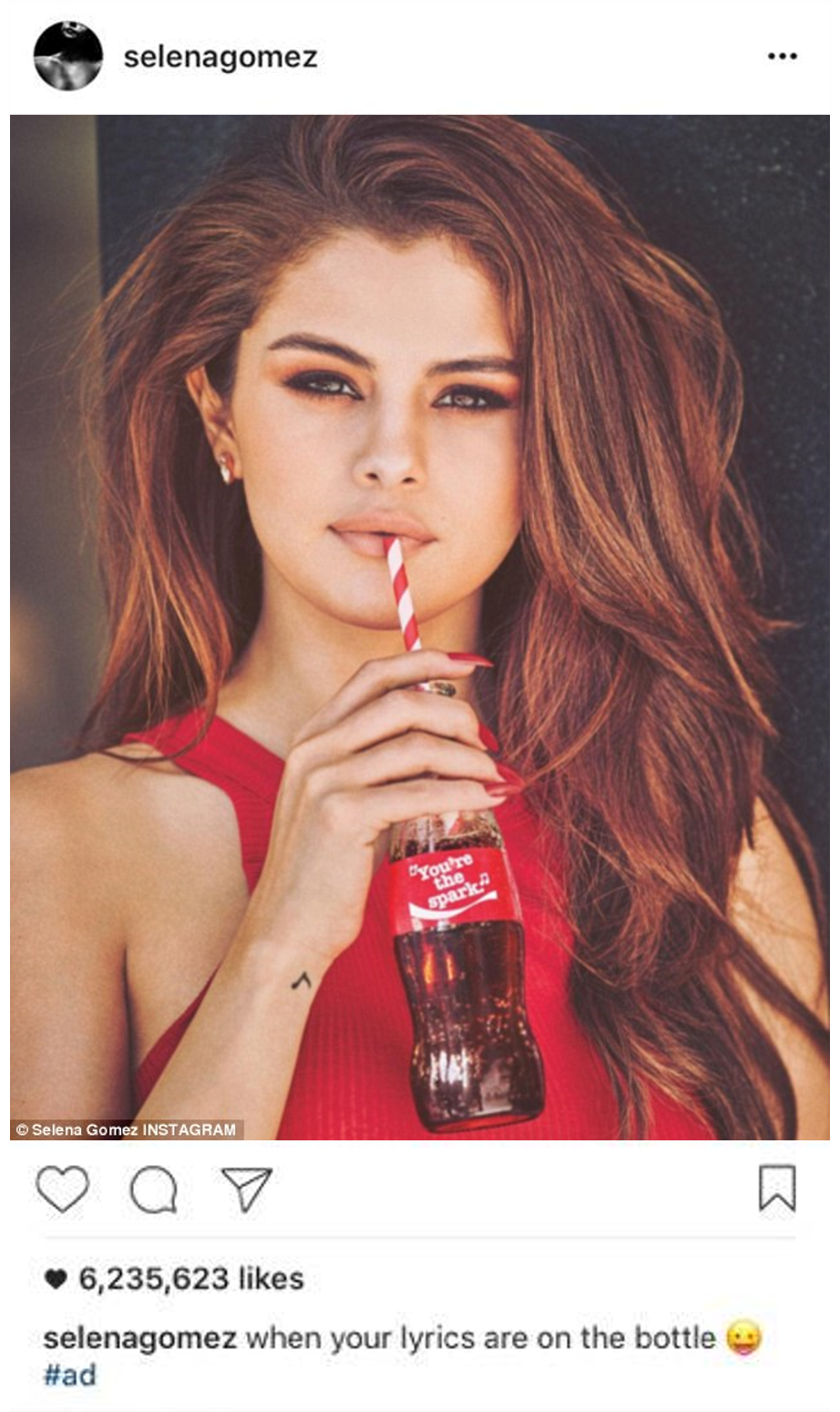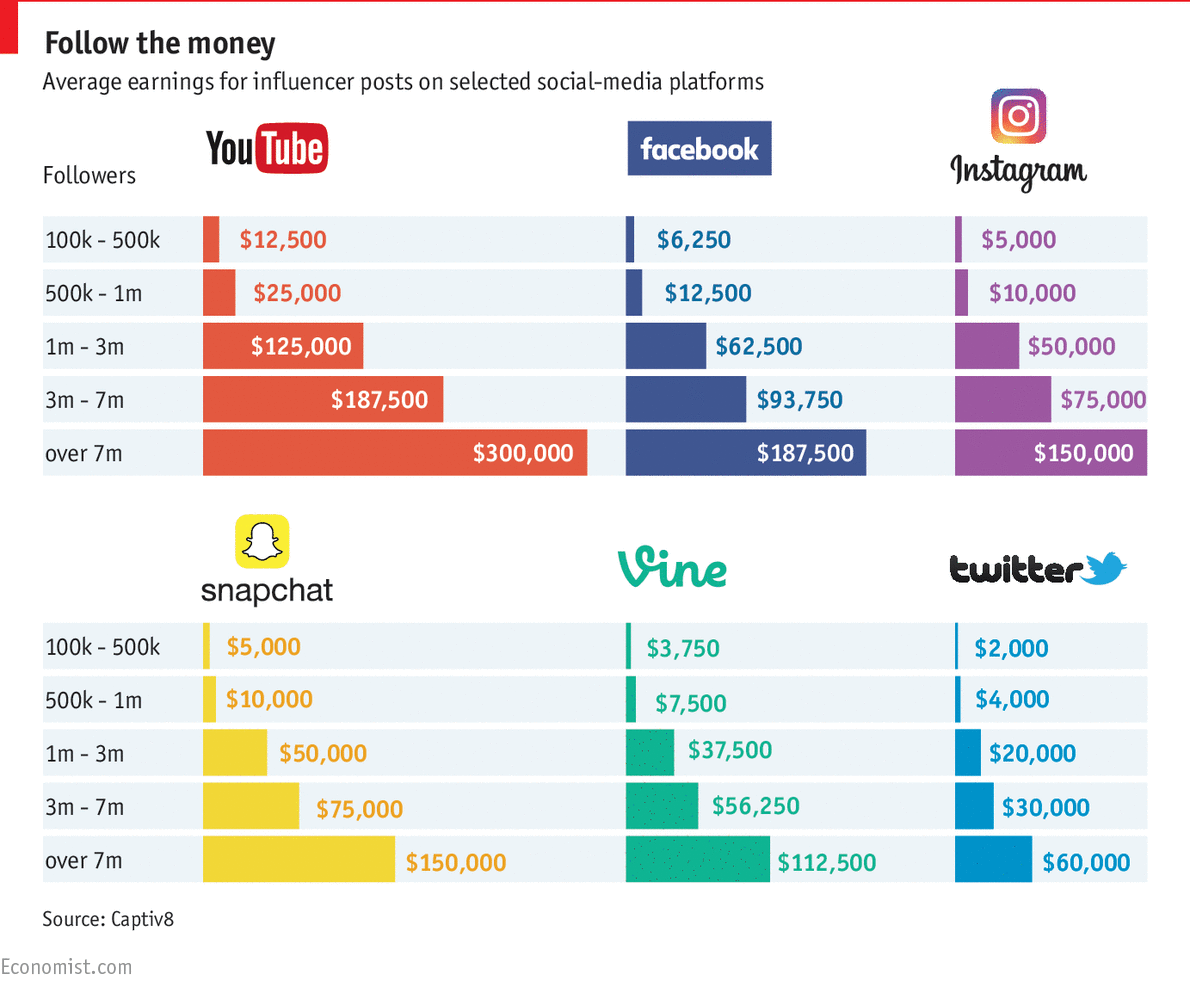
How To Value Your Sponsorship Opportunity
23rd March, 2018
Value your sponsorship opportunity just right to ensure you’re not selling yourself short or scaring buyers away with an unrealistic valuation…
How do you value your sponsorship opportunity?
Rights holders often price their sponsorship packages based on how much funding they need, but they also need to pay close attention to the value that price offers to buyers.
The reason brands sponsor properties is because they believe the sponsorship will give them greater ROI than using their budget in a different way, such as buying traditional media display space. The price you set must reflect this calculation and offer better value than the many other ways a brand can spend their money.
These Dos and Don’ts that will help you set the right price for your sponsorship opportunity.
DO… Benchmark against competitors
Find out how much similar properties are charging (or have recently charged) for sponsorship to see how your pricing compares. You may be able to command a higher price than your competitors, but you’ll need to think about what you can offer that they can’t. Your buyer’s focus will be on ROI, so if you want them to invest more, they’ll want to see a greater return.
DON’T… Benchmark against properties that are in a different league to you
There’s a tendency to compare your property to the biggest and best rights holder in your given field. This will give you a false impression, unless you actually are in their league. Now is not a time for ego or kidding yourself that your property is bigger than it is.
DO… Know the true value of what you’re offering
Work out how much reach and coverage a brand will receive by sponsoring your property, then compare this to the fee they would ordinarily have to spend to reach this number of people. This can be worked out by finding the average CPM (Cost Per Thousand) for the given platform.
DON’T… Forget to consider sponsor impact
You may have calculated the value of each asset a sponsor will get, but don’t forget to consider the impact they can expect and how this may be diluted if you have more than one sponsor. A brand’s logo may be included on the press board at your launch event, but if their logo is alongside nine others, their impact should be calculated at 10% of what it would be if there’s was the only logo. This can also help you decide how many sponsors you want. Will it be better to target 10 sponsors paying £100 or one sponsor paying £1,000?
DO… Offer tiered sponsorship packages
Not every brand and potential sponsor will have the budget to sponsor the whole property, so it’s a good idea to have cheaper packages available. If you can split your assets and target different types of sponsors for each asset, you can secure multiple sponsors who all feel like they’ve got exactly what they wanted from the deal.
DON’T… Allow brands to pick and choose what they want
Splitting the assets can work well, but make sure it’s on your terms. Allowing brands to cherry-pick from the sponsorship opportunity will create a lot of work for you and may leave you with assets that you struggle to find a sponsor for. A sponsorship package is not a supermarket.
DO… Count your competitors
When looking at your competitors to compare pricing, it’s also a good idea to make a note of how many of them there are. If you have a lot of competitors offering similar opportunities, your pricing will need to be extra competitive if you want to secure maximum interest from potential sponsors.
DON’T… Try to charge a sponsor the total media value
As we mentioned, the sponsorship package you are offering needs to represent greater value and ROI than the media the brand could buy for the same price. So if you calculate the media cost at £1 million, the sponsorship package should be valued lower than that.
Following these do’s and don’ts will help you value your sponsorship opportunity at a level that attracts sponsors without undervaluing your offering. If you’d like further help with this or any other sponsorship queries, feel free to get in touch and we’ll be happy to help.



